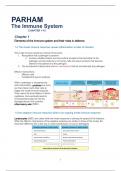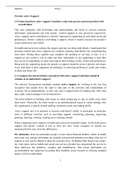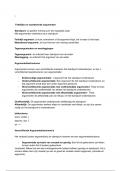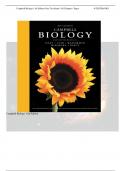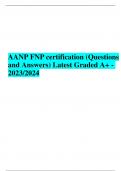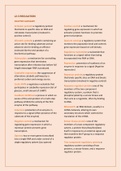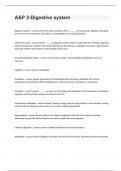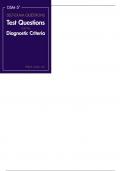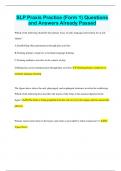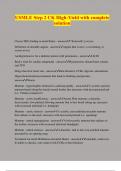Samenvatting
SUMMARY chapter 1-10 The Immune system; Peter Parham (4th edition)
- Instelling
- Vrije Universiteit Amsterdam (VU)
- Boek
- The Immune System
In this document, I have summarized the first 10 chapters of the immune system, written by Peter Parham. Not every paragraph is included (most of them I have covered). For Biomedical Sciences master students at the VU, this is also prior knowledge that has to be revised before starting the course '...
[Meer zien]
